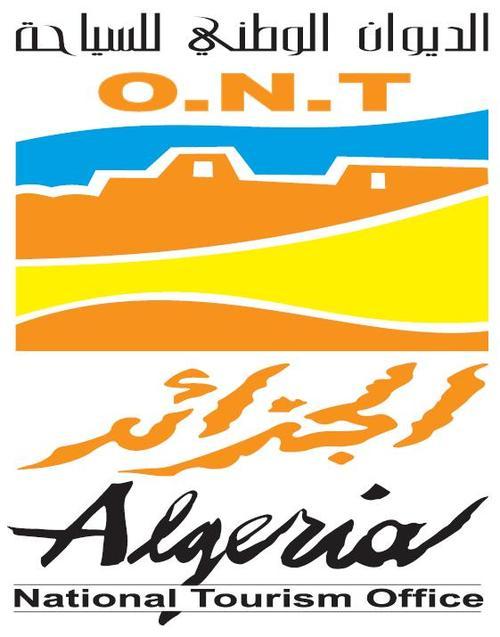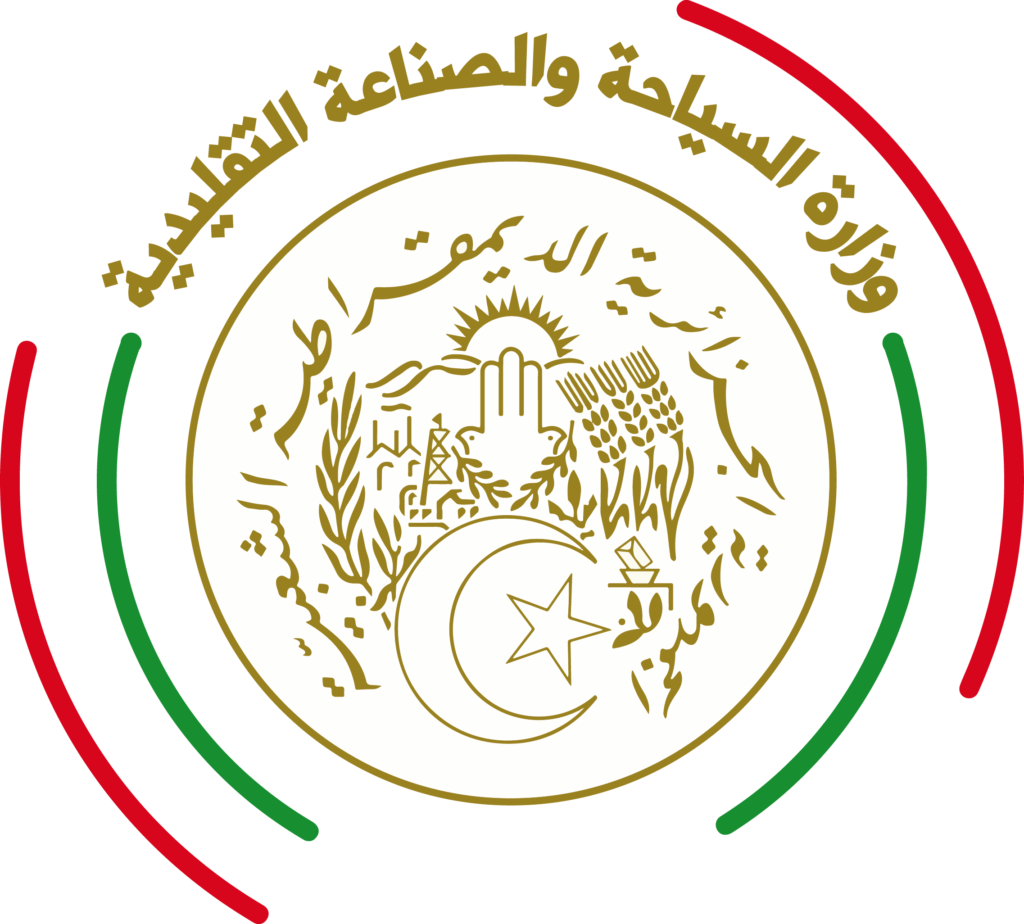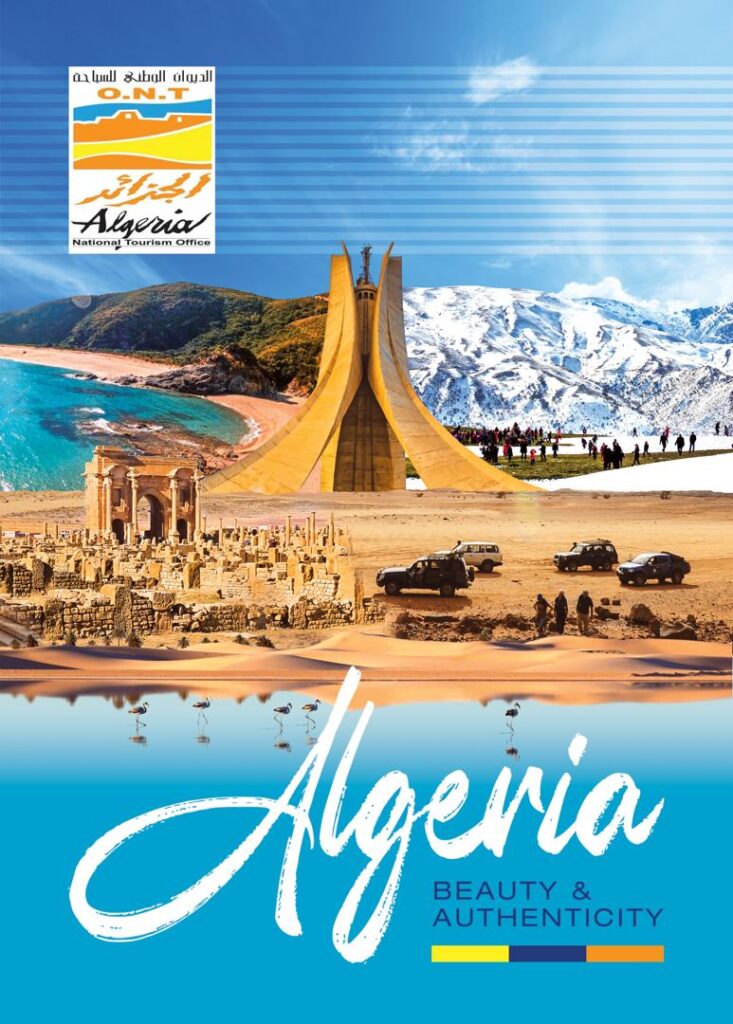Museum of Ancient Archeology and Islamic Arts Icon of Cultural Diversity and Coexistence of Religions
Found ancient monuments and Islamic arts on Freedom Park Karim Belkacem street in Algiers Museum of beautiful elegance and aggravated the natural center of picturesque decoration that has been mixed with the architecture of the authentic Maghreb, in addition to the excellence of being one of the oldest museums in Algeria and Africa.
The museum was established in 1838, eight years after the fall of the capital, however, the French colonial power, which in this respect is one of the oldest Algerian museums and officially Alafriqih.Old after sixty years of 1897. Since its Foundation knew the museum despite its province at work by several names, including the Algerian Archaeological Museum, Museum Ancient Algeria and the Effects of Islamic Arts, the Museum of Report Stefan Gazzal for one of the most French archaeologists, the National Museum of antiques, and finally came to be called the National Museum of Antiquities and the former added to the word Islamic arts.
Despite the change of designation, he kept his museum, offering an overview and a complete picture of the different civilizations that followed Algeria from the dawn of history in the mid-nineteenth century.
Eucusium Troy Hall of the capital
When you access Aakozyom Hall, a Roman name of the capital as it was called the Aakosem Phoenicians one finds a group of objects and antiquities found during excavations works or operations within the city limits of Algiers and these effects, we find pottery dating back to Roman times and Islamic and Punic.
On the other hand, there is a group Atorskih and the Greek, and the heads of the statues of the kings of the Kingdom of the section Mauritania Caesarean, which was Cherchell or Eul his capital and from these we find the heads of the first and the second Yuba and Queen Cleopatra and her son Ptolemy Cellini
In addition to the above, we find in the museum and other sections, including the coin room and find a group of silver dating from several ancient times, and a bronze and bronze tools, including the small statues representing the helmet, a mask and a magnificent statue of a boy holding an eagle, tools for the use of agricultural Kalmizan and cymbals and tools To crush the olives and the plowing line.
Christian Art Hall witnessed the coexistence of religions
Visitors to this hall will be able to see a collection of boxes of priests who brandished the banner of proselytism in early Christianity and were killed by an order of Roman emperors who were on their idol. Latin and glorify Christianity and its symbols because there are images of columns and crowns of priests and ecclesiastical massacres not to mention the existence of inscriptions and other funerary and written writings
Section of Islamic Arts … A Testimony of Cultural Richness and Diversity
Museum of Islamic Arts, opened in 2004 on the occasion of the International Museum Day celebrations under the name of the Pavilion of Islamic Arts in Algiers the oldest archaeological group within this wing or section for the year 1846 and with the time has been enriched.
This section includes several rooms, including the first room, which included raised stands out in the shape of Algeria, Islamic A visitor to this room to find objects dating from the ninth to the fifth century, including the fabric embroidered religious words of Yemen, the Egypt and some of the artifacts found in the Bani Hammad castle and a platform mosque that dates back to the Almoravid period
The second bear of the hall in the fragrant folds civilizations Tm’zaj Ottoman and Andalusian that contain objects dating from the sixteenth century until the nineteenth century and these objects, we find in sober ceramic with a metallic luster of Andalusia and a plaque ceramic tiles and a cups set, gold envelopes and silver from Turkey, Great Mosque of the mosque, swords and pistols, several horses, metal objects from Algeria. And in the third hall which contained antiques of the nineteenth century.




